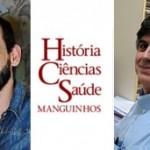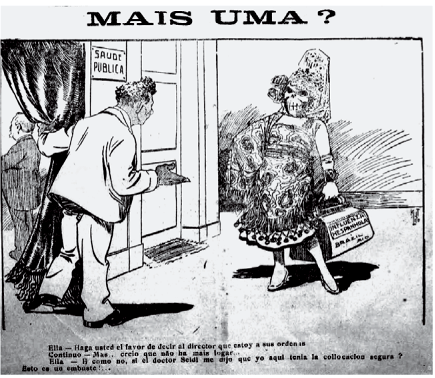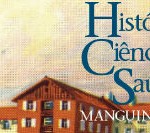January 30th

This photo from 1982 shows a Food and Drug Administration (FDA) employee sitting at his desk, next to an oversized bottle of aspirin and other over-the-counter medications. Although aspirin’s formulation has remained largely unchanged since being patented in 1899, scientists have learned more about the medication’s safety and potential over the years. In 1986, the FDA issued warnings against using aspirin to treat flu or chicken pox symptoms in individuals under the age of 19, for fear of contracting or exacerbating Reye syndrome, a condition that causes swelling in the brain and liver. Source: The National Library of Medicine
The National Library of Medicine exhibition, Take Two and Call Me in the Morning: The Story of Aspirin Revisited, chronicles the history of the ubiquitous wonder drug from its ancient origins to the present day. For centuries, physicians and healers used willow bark to alleviate pain and reduce inflammation, but in the late 1800s, scientists developed a way to produce a synthetic version of the active ingredient in the herbal remedy. Since then, aspirin has become a part of everyday life. Contemporary scientists are examining the drug for possible benefits beyond pain relief and fever reduction. This National Library of Medicine exhibition,
In 1959, the NLM featured a display called Acetylsalicylic Acid: The Story of Aspirin, curated by reference librarian Marie Harvin. Take Two and Call Me in the Morning expands from the 1959 exhibition, showcasing books from the original display and new items from the NLM collection.
See the digital gallery of the exhibition
Read more about the history of medicines in HCS-Manguinhos:
The Franco-German influence in Latin America In 1921, the German Chimica Industrial Bayer begun to operate in Brazil producing drugs locally. See the research note by Magali Romero Sá, Jaime L. Benchimol, Simone Kropf and Larissa Viana and André Felipe Cândido da Silva.
Traditional Chinese Medicine against COVID-19 According to the text, Chinese medicine served as a source of inspiration for developing new treatments at three different levels: traditional medicinal herbs, traditional medical formulas, and traditional medical texts.
The double life of misoprostol in Brazil This drug is illegally used by women as an abortifacient and legally used in obstetric hospital wards.
The thalidomide disaster, 1960-1962 This article analyzes the way the Porto-based journal Jornal do Médico reported on the thalidomide disaster.
The thalidomide tragedy A review on the history of thalidomide and its consequences for the victims in Brazil.









